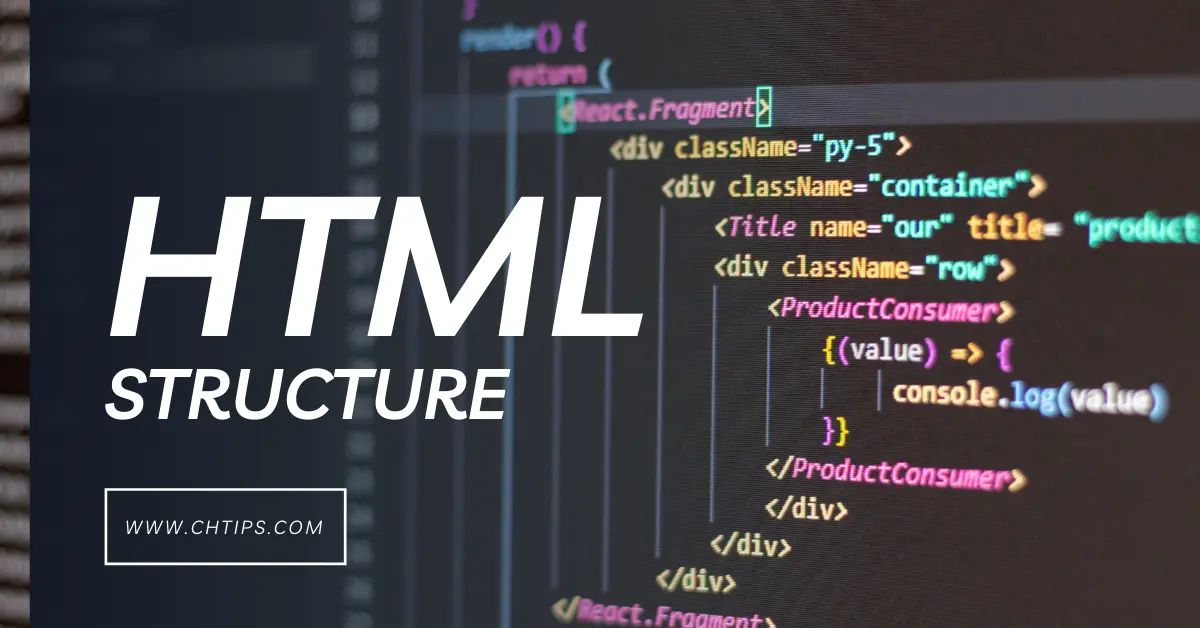
Explain the Structure of HTML Document With Examples
By chtips on chtips.com
More about this content:
HTML stands for HyperText Markup Language and is a computer language used to create and develop webpages. HTML is not a programming language, but it uses tags, elements and attributes to create webpages. It is considered to be a front end language and is platform-independent, meaning it can be used on Windows, Linux and Mac. HTML code is simple to understand and requires less time to learn, and therefore has been ruling the software industry for decades. It can be written using modern editors like Dreamweaver, Sublime Text, VS Code, Notepad, and Notepad++. HTML is used to create static and dynamic webpages and is supported by modern browsers like Google Chrome, Safari, Internet Explorer, Firefox, etc. The structure of HTML documents is divided into three main parts: DOCTYPE, Elements and Attributes, and Versions of HTML. It has both advantages and disadvantages, such as it is an open source language and is easy to learn and use, but it has numerous limitations and vulnerabilities.
Explore below learning paths to discover the previous and next steps for understanding this concept.
Ruth Holler
Mastering UI design
Curated From:
Anna Bergmann
Business Strategy Fundamental
Curated From:
Jurgen Kunze
Web Design with HTML & CSS for beginners
Curated From:
